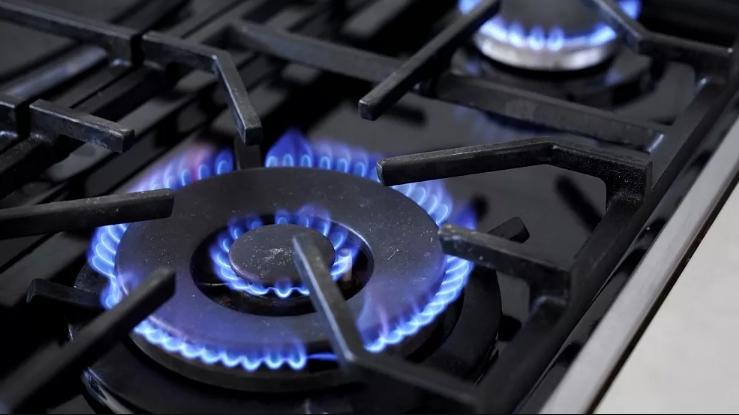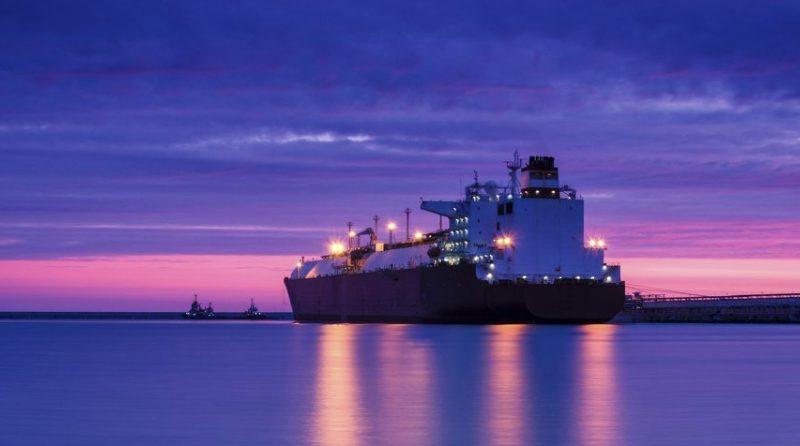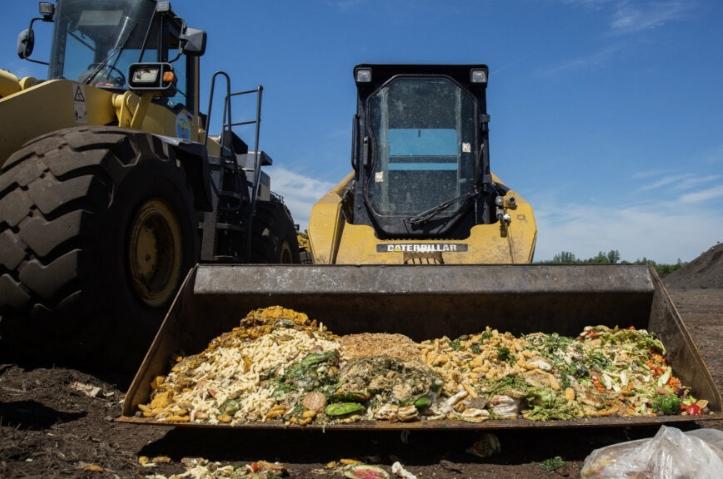A mere year ago, Europe was in turmoil as it watched wholesale gas prices shatter all previous records. But in a dramatic turn of events, the gas prices took a nosedive, dropping from a staggering €300 to a more manageable €35 MWh within a span of 12 months.
The Price Avalanche
August 2022 commenced with Europe’s premier hub, the Title Transfer Facility (TTF), trading gas at an already staggering €145 per MWh. But the weeks that followed would see prices catapulting to €300 MWh by August 26th. The headlines resonated with Europe’s fears:
“Gas prices have broken a new record. How high can they go?”
This sentiment captured the prevailing anxiety, a climate that mixed trepidation with astonishment during the most challenging moments of this energy crunch—a crisis spurred by the COVID-19 pandemic and deepened military aggression in Ukraine.
The pressing question of “how high” has now been retrospectively answered: post the €300 MWh climax, a steady descent ensued. Last week saw the TTF trading close at an almost benign €35 MWh, a decline of 88% from the 2022 peak. This rate approximates the pre-pandemic era, characterized by Russia’s consistent, low-cost supply that had prices hovering between €15 and €25 MWh.
Understanding the U-Turn
This shift is one of the most dramatic turnarounds witnessed in Europe since the onset of the Ukraine conflict and the subsequent upheaval of global energy dynamics. While Brussels’ policymakers might be keen on a self-congratulatory note, the real reasons for this shift are multifaceted:
- A warmer winter resulted in reduced heating requirements.
- Determined efforts by European households and industries to minimize gas usage provided a significant respite. Energy-saving became the order of the day, as households and industries alike turned to alternatives like heat pumps, solar energy, and enhanced insulation.
- EU’s aggressive energy-saving objectives bore fruit. Surpassing the voluntary target set by member states to reduce gas consumption by 15%, the actual reduction reached an impressive 19.3% from August to January. This effective strategy is now slated to continue till March 2024.
The International Energy Agency has emphasized that while some determinants like weather and fuel switching might be transient, others rooted in renewables, efficiency enhancements, and technology like heat pumps could be the pillars for sustained reductions in gas demand. However, the flip side includes undesired permanent shutdowns of industries and businesses.
Gearing Up for the Winters Ahead
As Europe braces for the 2023-2024 winter, fears are notably muted. Measures like extensive LNG reserves, diversified supplier agreements, a novel collective purchasing system, and sustained energy-saving efforts promise stable and affordable gas supplies. Current underground storage levels exceed 92%, surpassing the bloc-wide target of 90% set for November 1.

However, as Simone Tagliapietra, a senior fellow at the Bruegel economic think tank, points out, the inherent volatility of the gas market remains, albeit in a more tempered form. Speaking to Euronews, Tagliapietra remarked:
“Even if prices are now much lower than last year, they remain volatile… This is part of a new normal of the European gas market.”
Tagliapietra stresses the importance of cautious gas consumption in upcoming winters and advises governments to redirect their focus from broad-spectrum subsidies to targeted support for vulnerable population segments. Echoing this sentiment, the European Commission has emphasized the importance of prudent public spending to avoid market distortions and retain the incentive for energy conservation.
Tagliapietra concludes:
“Of course, everyone needs to take action. We are not in the middle of the crisis, but it’s still important to make cautious use of gas in the winter to come.”
As Europe navigates the aftermath of an energy storm, the lessons learned are shaping its approach, ensuring a balanced and prepared stance for the challenges and seasons ahead.



